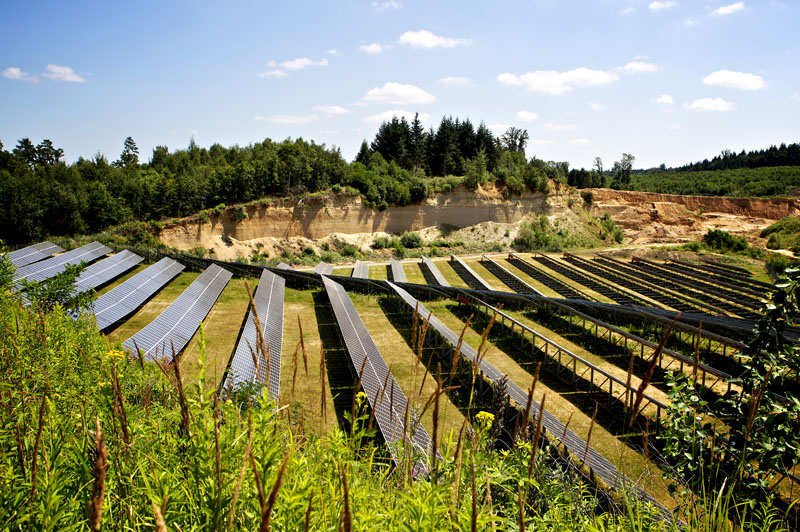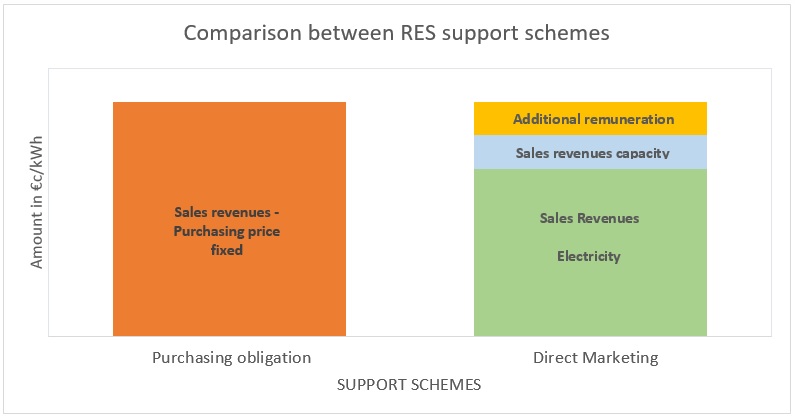In France, the law on energy transition for a green growth will put in place a new support scheme for renewable energy sources (RES) from the 1st of January 2016: direct marketing.
Historical energy providers in France such as EDF (Electricité de France) must respect the public service missions given by the legislator. The development of renewable energies is one of them. It is even taking a major part in the CSPE (Contribution for the Public Service of Energy in France), as it now represents 35% of its global value totaling €6.3 billion in 2015 after its creation in 2008. This strong commitment enables this industry to grow in order to reach grid parity which will lead to the equality between the cost of production of solar energy and the electricity market price. We will study in more depth how this CSPE is used to have solar energy enter the energy markets.
At first, the law published on February 10th, 2000 related to the modernization and development of the public service of electricity follows the signature of the Kyoto protocol in 1997 and sets up the obligation of purchasing renewable energy to EDF. It aimed at enabling the producers to sell electricity at a higher price which is often reassessed, as one can see on the following chart (price for professional plants in red, for private individuals in blue):
The energy market price for electricity fluctuates between €4c and €6c per kWh, the difference between the market price and the cost is offset by the CSPE. It is interesting to notice that though the private individual solar energy price remains four times higher than the market price, there is a real convergence between more competitive solar plant price and market price. This meeting lets one foresee the coming end of the special status of photovoltaics in the national energy mix: to make this transition, a decree (in French) will come into effect in January 1st, 2016 and will set up the principles of direct marketing for plants with a capacity higher than 100 kW.
This principle can be defined as an additional remuneration which is proportional to the amount of energy produced. Added to the revenues of sales and guarantees on capacity, it reaches a reference value close to the old purchasing price. It is summed up with the following chart:
This chart clearly shows that direct marketing does not aim at changing the subsidy given to the producers, but at changing its method: it prepares the producers for their future autonomy on the energy markets without financial aid, after reaching the parity grid mentioned earlier. This transition will be completed by deleting the purchasing obligation certificate (CODOA in French), replaced by an additional remuneration contract, set up after supplying a certificate of conformity of the plant.
Eventually, this evolution is a milestone and emphasizes the coming competitiveness of solar plants which can be explained by the decrease of solar energy prices combined with the increase of the price of electricity, as we explained it in a former article. Reuniwatt, driver of this change, helps solar plants in forecasting their future production to optimize the sales to energy providers. By improving the profitability of solar plants and the insertion of photovoltaics in the national energy mix, Reuniwatt takes part in its development.
Photo credits: Windwärts Energie GmbH / Photographer: Mark Mühlhaus/attenzione


